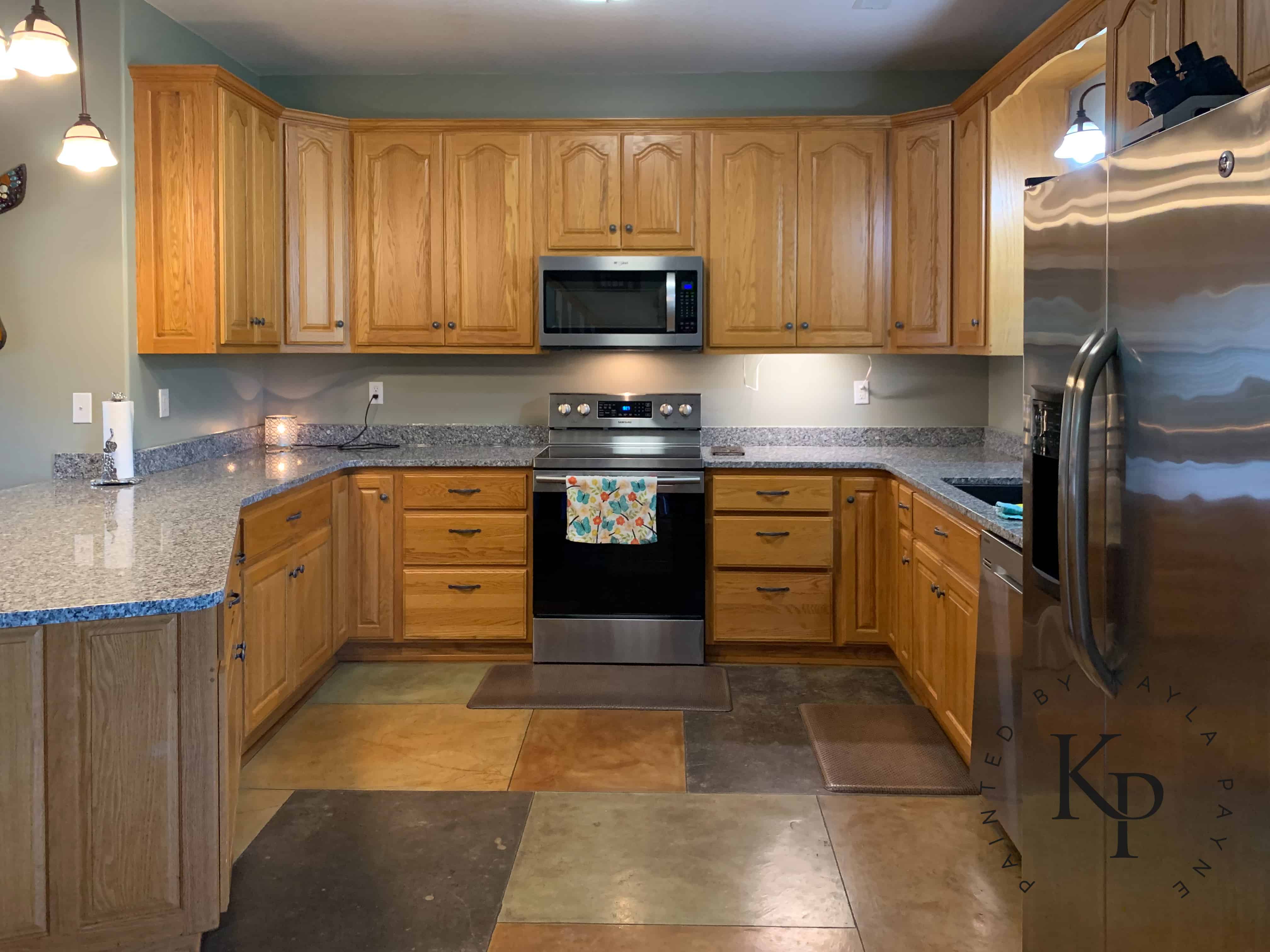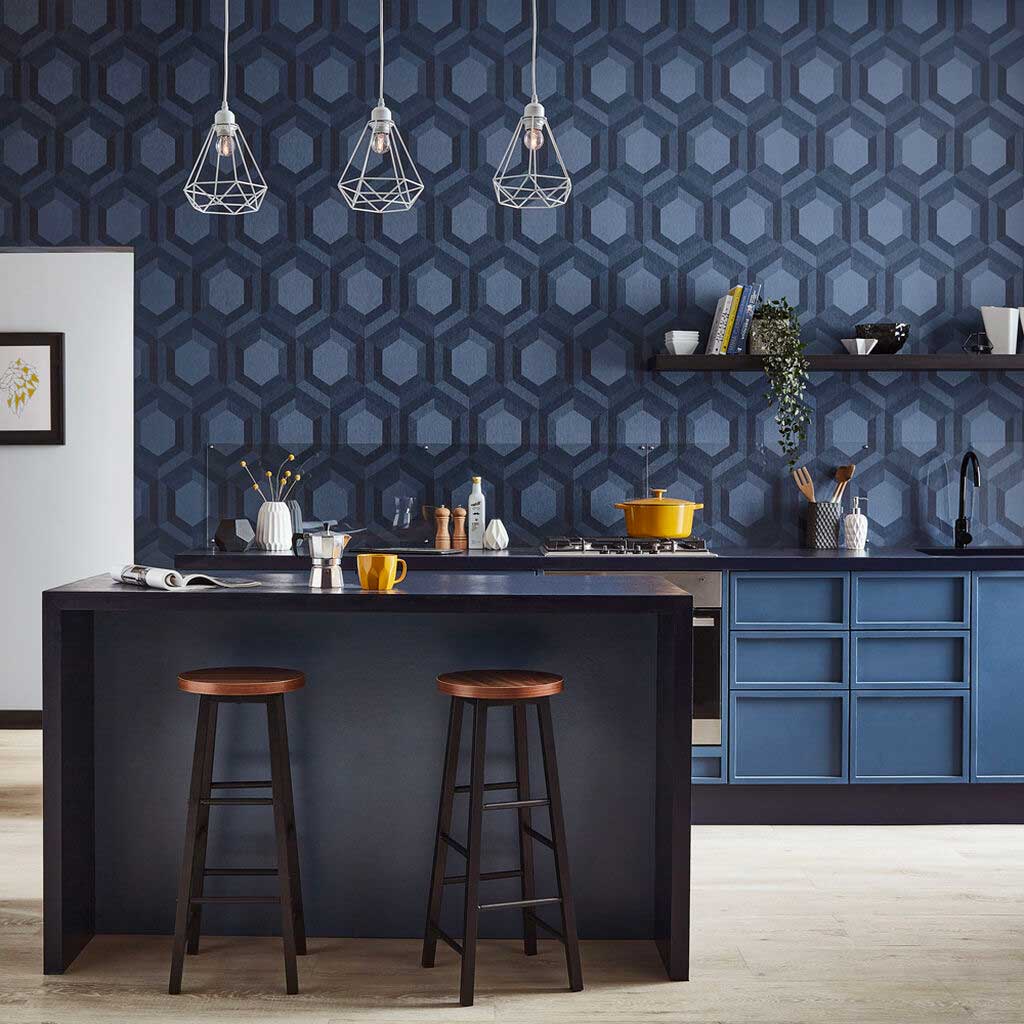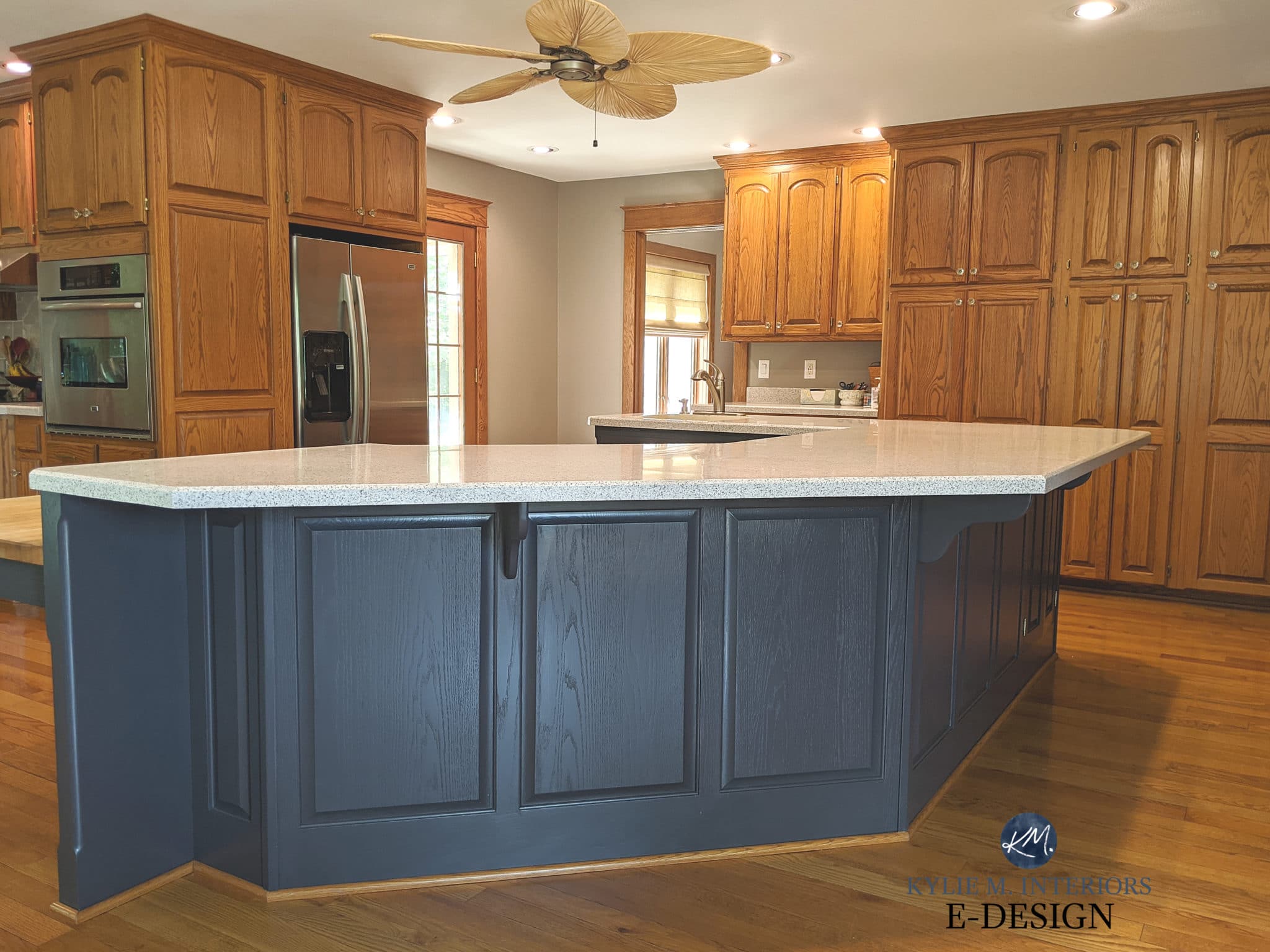Understanding Wood Properties for Painted Cabinets

Choosing the right wood for painted cabinets is crucial, as it directly impacts the final look and durability of your project. While the paint itself provides the color and finish, the underlying wood plays a significant role in how the paint adheres, how well it holds up over time, and how the overall finish appears. Understanding the key properties of wood and their influence on painted cabinets will help you make an informed decision.
Wood Properties and Their Impact on Painted Cabinets
The properties of wood that influence its suitability for painted cabinets include grain, density, hardness, and moisture content. These properties directly affect paint adhesion, durability, and the overall finish quality.
- Grain: The grain pattern of wood refers to the arrangement of its fibers. A consistent, even grain allows for a smooth and even paint application, while a highly figured grain can lead to uneven paint coverage and highlight imperfections. Woods with open grain, such as oak, tend to absorb more paint, requiring multiple coats for proper coverage. Fine-grained woods like maple and birch, on the other hand, provide a smooth surface for a more uniform paint finish.
- Density: Density refers to the weight of wood per unit volume. Dense woods, such as maple and cherry, are generally more stable and resistant to warping and shrinking, making them suitable for painted cabinets. They also tend to accept paint better, resulting in a smoother and more durable finish. Lighter woods like pine or fir, while less expensive, can be more prone to warping and may require additional preparation before painting.
- Hardness: The hardness of wood refers to its resistance to indentation. Hardwoods, like maple and oak, are more resistant to dents and scratches, making them ideal for high-traffic areas. Softer woods like pine or poplar are more susceptible to damage and may require additional care and maintenance.
- Moisture Content: Moisture content refers to the amount of water present in wood. Wood naturally expands and contracts with changes in humidity, so it’s essential to use wood with a stable moisture content to prevent warping and cracking after painting. Properly drying and acclimating wood to the environment before painting is crucial for a durable finish.
Examples of Wood Species and Their Advantages for Painted Cabinets
Different wood species excel in specific properties, making them suitable for different applications.
- Maple: Known for its fine, even grain, high density, and hardness, maple is an excellent choice for painted cabinets. Its smooth surface allows for a uniform paint finish, while its durability makes it resistant to dents and scratches.
- Birch: Similar to maple, birch also possesses a fine grain and high density, making it a good option for painted cabinets. It’s often slightly less expensive than maple but offers similar performance.
- Cherry: Cherry wood has a beautiful reddish-brown color and a tight, even grain, making it a popular choice for both stained and painted cabinets. Its hardness and density provide durability and stability.
- Oak: While oak has a more open grain than maple or birch, it is still a popular choice for painted cabinets due to its strength and durability. Its open grain can be filled with wood filler before painting to create a smoother surface.
- Pine: Pine is a softwood that is relatively inexpensive and easy to work with. However, its open grain and softer texture require more preparation before painting to achieve a smooth and durable finish.
Popular Wood Choices for Painted Cabinets: Best Wood For Painted Cabinets

Choosing the right wood for painted cabinets is crucial for both aesthetics and durability. While the paint will cover the wood’s natural grain, the underlying wood’s properties still play a significant role in the overall quality and longevity of your cabinets.
Common Wood Species for Painted Cabinets
Here’s a breakdown of some popular wood choices for painted cabinets, considering factors like grain pattern, hardness, cost, availability, and suitability for painted applications:
| Species | Grain Pattern | Hardness Rating (Janka) | Cost (Average) | Availability | Pros for Painted Cabinets | Cons for Painted Cabinets |
|---|---|---|---|---|---|---|
| Maple | Fine, tight grain with subtle figure | 1450 | $$ | Widely available |
|
|
| Cherry | Medium to coarse grain with a distinctive reddish-brown hue | 995 | $$$ | Widely available |
|
|
| Birch | Fine, even grain with a slightly reddish-brown hue | 1260 | $ | Widely available |
|
|
| Alder | Medium to coarse grain with a soft, pale color | 590 | $$ | Widely available |
|
|
| Pine | Prominent grain pattern with a soft, yellowish color | 560 | $ | Widely available |
|
|
Considerations for Choosing the Best Wood

Best wood for painted cabinets – Choosing the best wood for your painted cabinets involves more than just aesthetics. Several factors play a crucial role in determining the ideal wood species, ensuring your cabinets are both beautiful and durable.
Budget
Your budget is a primary consideration. Wood prices vary significantly, with some species being more expensive than others. Understanding your budget constraints will help you narrow down your options. For example, if you’re on a tight budget, you might consider affordable woods like pine or poplar, which are readily available and often used for painted cabinets.
- Pine: Known for its affordability, pine is a softwood that’s easy to work with. It’s also readily available, making it a budget-friendly choice. However, pine can be prone to dents and scratches, so it might not be the best option for high-traffic areas.
- Poplar: Another affordable option, poplar is a hardwood with a smooth, consistent grain. It’s often used for painted cabinets due to its paintability and affordability.
- Maple: While more expensive than pine or poplar, maple offers a durable and beautiful option. It’s known for its strength and resistance to dents, making it a good choice for kitchens and bathrooms.
- Cherry: A premium hardwood, cherry is prized for its rich color and beautiful grain pattern. It’s a durable and long-lasting choice, but it comes with a higher price tag.
Desired Cabinet Style
The style of your cabinets plays a significant role in wood selection. Consider the overall design aesthetic you’re aiming for.
- Traditional Cabinets: Woods like cherry, maple, or oak are often used for traditional cabinets. These woods offer a classic look and feel, complementing traditional kitchen designs.
- Modern Cabinets: For modern kitchens, woods like birch or walnut are popular choices. These woods have a clean and contemporary look, adding a sleek touch to modern spaces.
- Rustic Cabinets: If you’re going for a rustic look, consider woods like knotty alder or reclaimed wood. These woods have a natural, weathered appearance that complements rustic interiors.
Intended Use of the Cabinets, Best wood for painted cabinets
The intended use of the cabinets influences the choice of wood. Consider the level of wear and tear the cabinets will experience.
- Kitchen Cabinets: Kitchen cabinets experience heavy use, so choosing a durable wood is essential. Hardwoods like maple, cherry, or oak are good options due to their resistance to scratches and dents.
- Bathroom Cabinets: Bathroom cabinets are exposed to moisture, so choosing a wood that’s resistant to water damage is important. Woods like maple, cherry, or oak are also good choices for bathroom cabinets.
- Bedroom Cabinets: Bedroom cabinets experience less wear and tear than kitchen or bathroom cabinets. Softer woods like pine or poplar are suitable for bedroom cabinets, especially if they are painted.
Personal Preferences
Ultimately, the best wood for your painted cabinets is the one that you love. Consider your personal preferences for grain patterns, color, and overall aesthetic.
- Grain Pattern: Some people prefer woods with a prominent grain pattern, while others prefer a more subtle grain. Consider the desired look and feel for your cabinets.
- Color: Wood color can also influence your choice. Lighter woods like pine or poplar provide a blank canvas for paint, while darker woods like walnut or cherry add a rich color to your cabinets.
- Overall Aesthetic: Your personal preferences for the overall aesthetic of your cabinets should guide your wood selection. Consider the style of your home and the look you’re trying to achieve.
Choosing the best wood for painted cabinets is like picking a paint color for your walls – it’s all about personal preference. You might want a classic look with maple, or go for a more rustic vibe with oak.
But if you’re going for a bold, sophisticated look, you might consider a black white teal bedroom and pair it with painted cabinets in a deep, rich color like navy or charcoal. Whatever you choose, make sure the wood is smooth and even, so your paint job looks flawless – because no one wants chipped paint on their cabinets, especially if they’re in a room as stylish as a black, white, and teal bedroom!
When it comes to painted cabinets, choosing the right wood is like picking the perfect outfit for a fancy party. You want something that’ll hold its shape and look fabulous even after a few spills. And for a space like a bathroom, a sturdy, moisture-resistant wood is key.
If you’re thinking of a sleek and stylish bathroom linen cabinet 36 wide , consider hardwoods like maple or oak. They’ll stand up to the steam and humidity, and look absolutely stunning with a fresh coat of paint.
